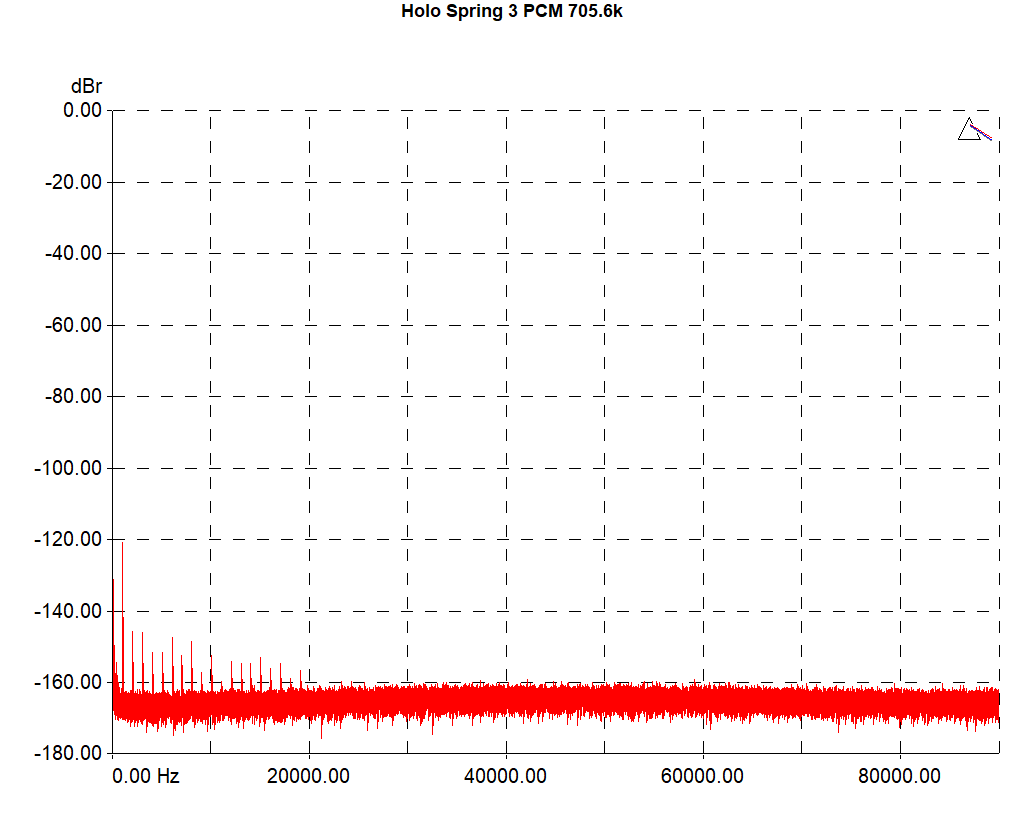So far I've not managed to get the same level of jitter performance with the MScaler with any SPDIF DDC as I have with USB. Including the SU6.
It seems that it just will always have poorer performance with SPDIF input. Though this isn't entirely unexpected. Buffering and processing synchronous signals like SPDIF is trickier as the receiving device has no control over the speed with which data is sent, and so it must adjust it's own internal clock speed slightly to prevent long term clock drift issues which can eventually cause buffer overruns/underruns.
Other DDCs even without resampling such as the DI20HE have the same thing, where you get better performance with USB because you don't have as many challenges and the device itself can be entirely in control of timing.
I would recommend from what I've seen so far using USB for the MScaler.
The inputs of the MScaler are galvanically isolated anyway so in theory there should be no mechanism for noise to be transferred and therefore a taiko/innuous etc are not going to make a difference unless they were changing the audio itself.
Though it depends on exactly how the galvanic isolation is done as different companies use the term for different methods of isolation, not all of which actually eliminate all noise. Schiit for example uses transformer based galvanic isolation which does prevent DC offset and ground loops but can still pass higher frequency noise.
I generally would VERY rarely recommend someone to spend large amounts of money on a server. The server itself does not make a difference to sound quality, the endpoint or device connecting to the DAC does.
But even then if you were planning to get a high end server and connect your DAC to it, devices like an Intona 7055-C will provide full galvanic isolation to eliminate any noise/contamination from the source (The 7055 has upto 5kv isolation. You could literally set off a defibrillator on the other side and the DAC wouldn't see a thing) and have demonstrably ridiculously low noise on the output.

The Innuos devices are pretty much custom designed from the ground up with some genuinely great isolation and design aspects, and I'm sure will provide excellent performance too but you're paying a huuuge amount for the convenience of having that in with the server itself compared to getting a network endpoint and decent DDC or USB isolator.
The taiko is actually just a standard Intel based server (on an Asus WS C621E SAGE board) with a fancy PSU, and there is pretty much no way that it is going to have noise as low as an innous or intona or even a raspberry pi given as it's just using the regular motherboard USB outputs.


You can pay £1700 for the extreme USB card ontop of the ~£28k the device costs stock, but it seems frankly ridiculous to me. And you can get truly excellent USB sources for fractions of the price.
Either standalone streamers like an SMS200 Ultra, or high performance isolators like the Intona 7055-C if you want to use a PC/direct source



































